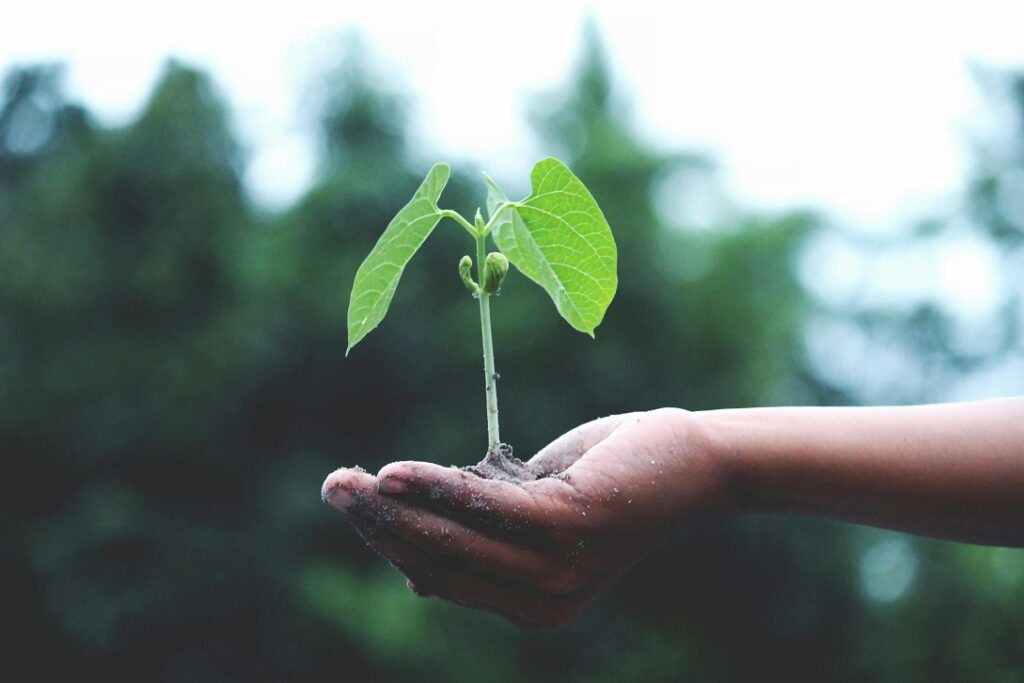Plastic degradation is a critical issue that affects ecosystems worldwide. As plastics break down over time, they release unsafe chemicals and microplastics into the environment, posing significant threats to wildlife and human health. Understanding the mechanisms of plastic degradation and implementing effective solutions is essential for mitigating its adverse effects and fostering a more sustainable future.
Mechanisms of Plastic Degradation
Plastic degradation occurs through various physical, chemical, and biological processes, each contributing to the gradual breakdown of plastic materials.
Photodegradation:
Exposure to sunlight initiates photodegradation, where ultraviolet (UV) radiation breaks down the molecular structure of plastics. This process weakens the material, leading to fragmentation into smaller pieces known as microplastics.
Mechanical Degradation:
Mechanical forces such as abrasion, erosion, and wave action contribute to the breakdown of larger plastic items into smaller fragments. This process is particularly prevalent in marine environments, where plastics are subjected to constant movement and friction.
Chemical Degradation:
Chemical degradation involves the reaction of plastics with environmental factors like moisture, oxygen, and pollutants. Over time, these interactions cause chemical bonds within the plastic polymer chains to break, resulting in the fragmentation of the material.
Biological Degradation:
Certain microorganisms possess the ability to enzymatically degrade plastics. Biodegradation occurs when bacteria, fungi, or other organisms metabolize the plastic polymer, converting it into simpler compounds. While biodegradation offers a natural solution to plastic waste, it is often slow and limited by environmental conditions.
Challenges and Consequences
Despite the diverse mechanisms of plastic degradation, the process is slow and incomplete, leading to the accumulation of microplastics in the environment. These microscopic particles can persist for hundreds of years, contaminating soil, water bodies, and the air we breathe. Additionally, microplastics have been found in the digestive systems of marine animals and birds, posing health risks and disrupting ecosystems.
Addressing Plastic Degradation: Current Efforts and Solutions
Research and Innovation:
Scientists and engineers are continually researching new polymers and technologies to enhance the degradability of plastics. This includes the development and application of biodegradable and compostable plastics that break down more readily in natural environments.
Policy and Regulation:
Governments and regulatory bodies are applying policies to reduce plastic pollution and promote sustainable waste management practices. Bans on single-use plastics, extended producer responsibility schemes, and incentives for eco-friendly alternatives are examples of regulatory measures aimed at addressing plastic degradation.
Waste Management Infrastructure:
Improving waste collection, recycling, and disposal infrastructure is essential for reducing plastic leakage into the environment. Investments in recycling facilities, waste-to-energy systems, and litter cleanup initiatives help mitigate the impacts of plastic degradation.
Public Awareness and Education:
Educating the public about the environmental effects of plastic degradation and the importance of responsible consumption and disposal habits is crucial. By raising awareness and promoting behavior change, individuals can contribute to efforts to combat plastic pollution.
Conclusion
Plastic degradation poses significant challenges to environmental sustainability and human well-being. By understanding the mechanisms of plastic degradation and implementing effective solutions, we can mitigate its adverse effects and move towards a more resilient and eco-friendly future. Collaboration between governments, industries, researchers, and communities is essential for addressing plastic degradation comprehensively and effectively.






